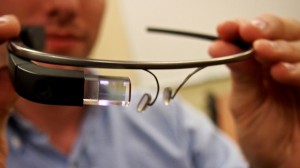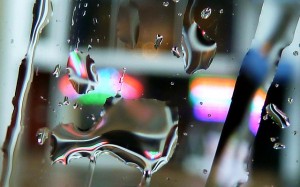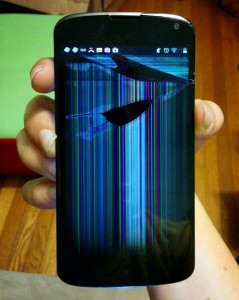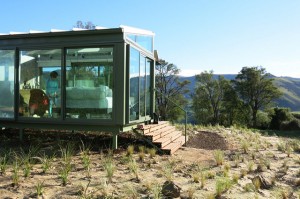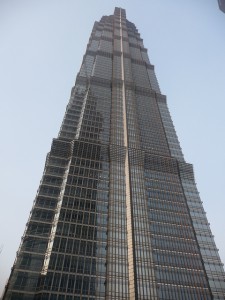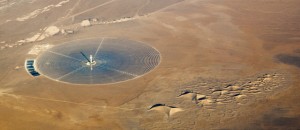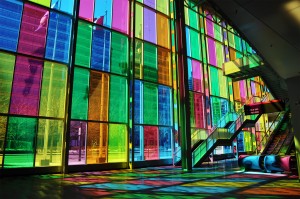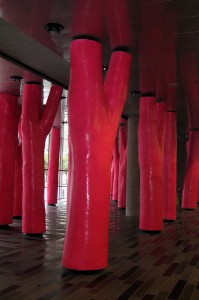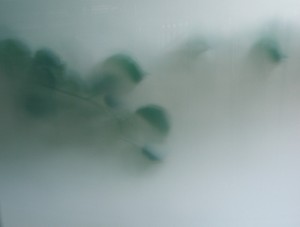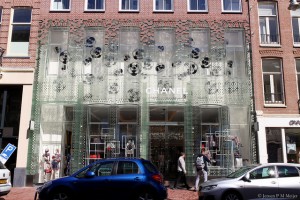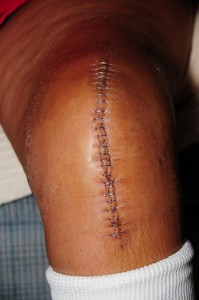Google Glass applications abound
Business may rescue Google Glass
That’s probably good news for Google, based on new information that suggests that Google is getting ready to re-release Glass as a business-only product. The latest iteration of Glass is expected to have the basics – a display camera, a touchpad and the “eyeglass” frame. It’s also expected to include a bigger display, a built in rechargeable battery, a newer CPU and support for 5 GHz Wi-Fi.
The focus on business seems to reflect the high potential for business applications. Doctors can use a Google Glass based transcription service to make notes in a patient’s medical records as an exam is taking place. A transcriptionist is connected via Glass to the doctor, so the doctor has immediate access to reference information in the medical record. According to doctors who use the service, it saves about 90 minutes each day, which permits additional time to see more patients.
Boeing says it uses Google Glass to provide information to electricians making wiring harnesses for their airplanes. Up to this point, Boeing’s techs have used .pdf based schematics displayed on a laptop screen. Each harness is constructed manually, owing in part to the high degree of complexity of the harness, and the stakes involved in getting the harnesses right.
Once Boeing applied Google Glass to the process, it reported that its production time was reduced by 25% and half of all errors were eliminated. Not all of Boeing’s success is due to Glass as it comes out of the box. Boeing had a special app developed for its technicians that scans QR codes, displays the appropriate harness schematics and responds to the technician’s voice commands.
Boeing says that it may also introduce Google Glass into its operations on the assembly line and perhaps even on International Space Station.
Glassprimer™ glass paint doesn’t have built-in 5 GHz wireless support, but it does offer superior UV resistance and creates a permanent bond with glass surfaces. If you’d like more information about Glassprimer™ glass paint, please visit the rest of our site. If you’d like to purchase Glassprimer™ glass paint, please visit our online store .
Photo Credit: Geoff Livingston, via Flickr.com

